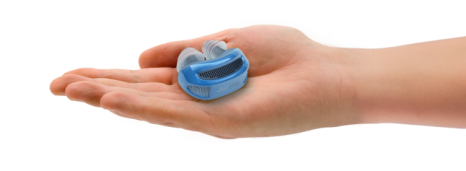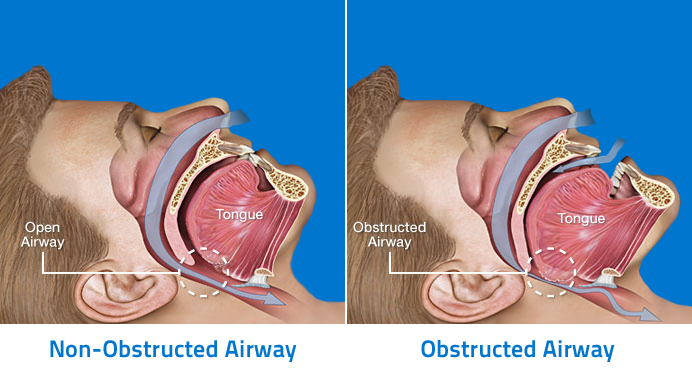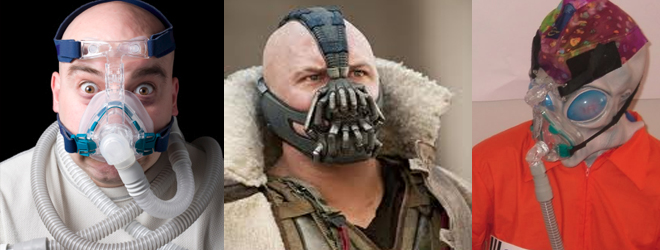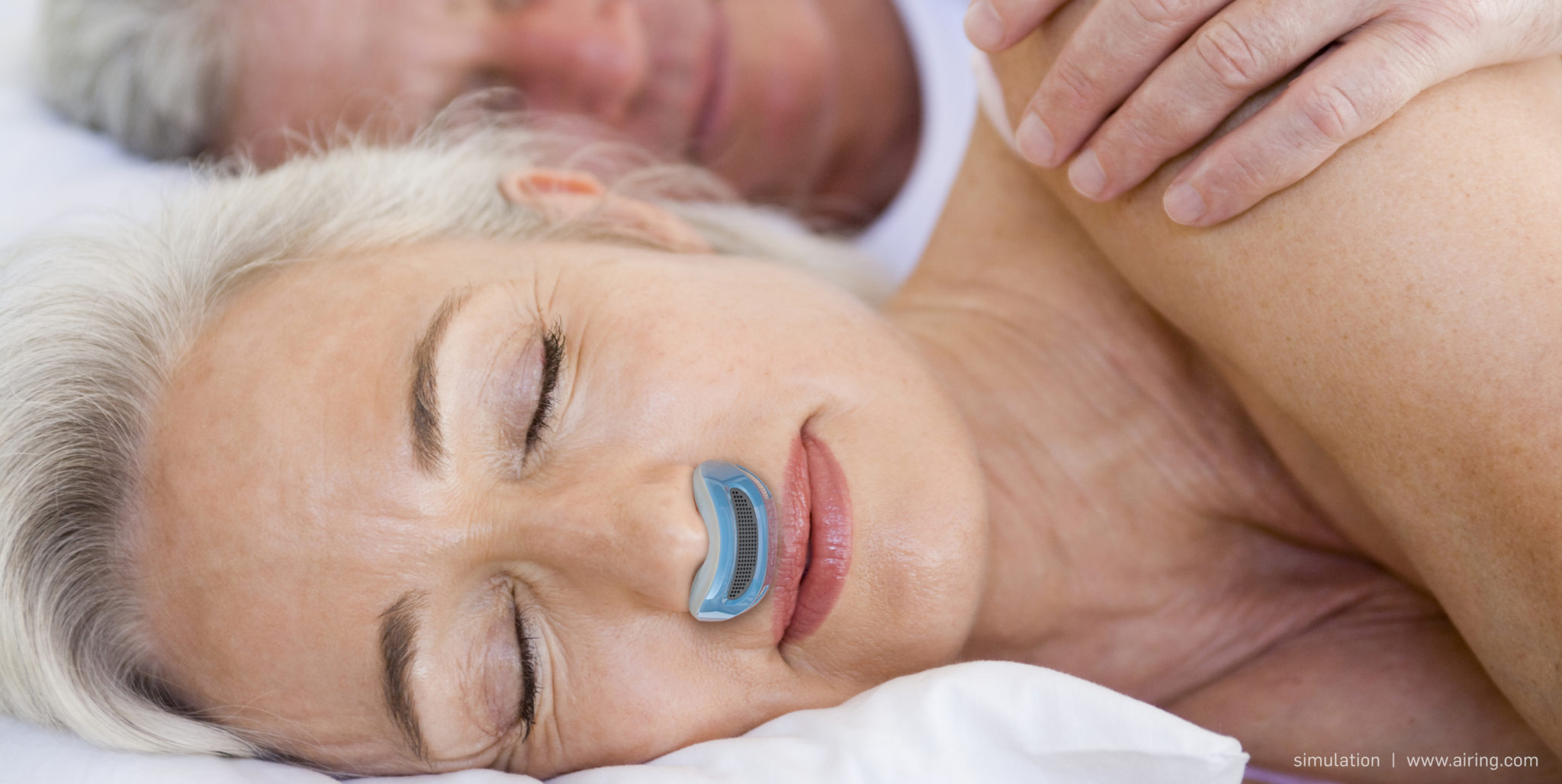Airing Micro-CPAP to Revolutionize Sleep Apnea Treatment
NewsTech December 12, 2024 Damon Mitchell
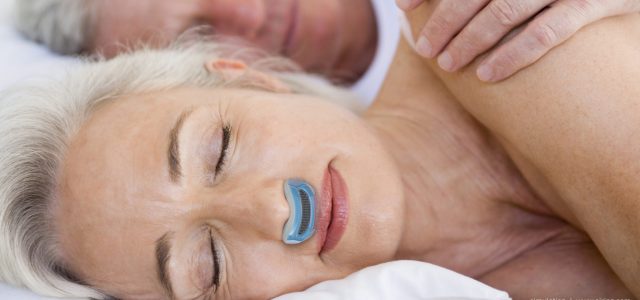
Doing away with the tubes and machinery used in traditional sleep apnea treatment, the Airing Micro-CPAP revolutionizes apnea treatment. It’s small, like, really small.
The Micro-CPAP fits on the wearer’s nose, plugging into the nostrils. There are no wires, no tubes, no bedside monitor.
The Airing team is currently seeking FDA approval for their simple device. If they get it, this could not only affect the millions receiving treatment, it could nudge others to finally get treatment.
Some would rather live with apnea than deal with a traditional CPAP.
Sleep Apnea
Obstructive Sleep Apnea (OSA), sometimes called sleep apnea or just apnea, is a condition in which the affected stop breathing during sleep.
In simple terms, the airway closes due to the soft tissue at the rear of the throat collapsing. The net result of this collapse is the life of the affected may be shorter.
Not breathing when you sleep is stressful on your body. Blood pressure will run higher. It stresses the heart. Other systems can suffer too, like memory.
Not only that, most Apnea sufferers snore, putting stress on the family.
The condition affects 5-20 percent of the population or about 18-million American adults. There’s no telling how many suffer in silence.
Personal Anecdote
In 2010 I lost 35 pounds. I wasn’t high in bodyfat, but I was muscular.
At the time, I noticed I was having trouble getting adequate rest so I arranged a sleep test in an overnight facility. It made sense. Sleep apnea runs in my family.
Most of the men and some of the women in my family wear or should wear what’s called a Continuous Positive Airway Pressure system (CPAP). The CPAP backfills your air passage with air so it stays open all night.
For those of us who don’t wear one, there’s a good reason. The CPAP is an awkward piece of equipment. Up until this news, other than hokey snake-oil solutions, the CPAP was our only option.
In my case, the test results were not good. I decided to drop weight, giving up my dreams of being that beast in the gym.
Since then, the Apnea has subsided, but losing weight is tough. I get that.
The Micro-CPAP
It’s about the size of a small lime wedge. Two silicone nose-buds, like the kind on your headphones, fit into your nostrils.
Airing claims they’ve labored over fit, citing they’ve arrived at something they like but will continue to refine.
A traditional CPAP can be set to between 1-20 for pressure. The Micro-CPAP has the ability to meet this scale, even go farther. Units fit the wearer like contact lenses, prescribed by a doctor.
The technology is simple, albeit beyond my education. It uses something they call microplates and electrostatically charged movement to push air into your nasal passage.
The video of it in action looks almost too simple to believe.
It doesn’t even need humidification like standard CPAPs do because it uses your body’s natural process of staying humidified.
The Airing team promises a lot with the Micro-CPAP. They even cite examples where the device corrected mouth-breathing because of how well it facilitates nose breathing.
The craziest thing about the Micro-CPAP is that it’s a one-time use product. For this reason, the cost of each unit is $3.00 or $.60 with insurance.
The device is battery powered, but that battery is dead after eight hours. It sounds somewhat wasteful in a time where brands are seeking to be greener. I can’t help but wonder if future versions will be reusable.
This version, however, is still not FDA approved. They won’t sell it until they get the approval.
If you want more information on this product you can sign up for updates on their site.
Meanwhile, watch this video:
